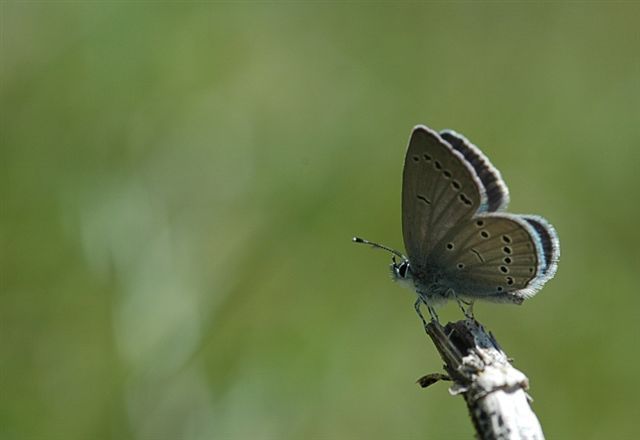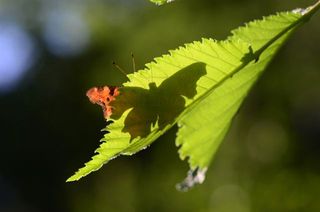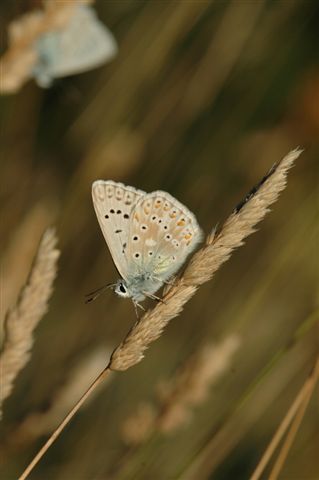How Butterflies Adapt When Climate Changes

As climate changes, some butterflies take to the forests to shade themselves from the heat, new research suggests. However, not a large enough number of butterflies are making the move to save their populations, the researchers also found.
"A lot of the butterflies we were looking at are threatened by climate change. With the warmer temperatures, it will be too hot for a lot of them to survive in southern Europe," study researcher Andrew Suggitt, a graduate student at the University of York in the United Kingdom, told LiveScience.
The researchers were looking to see if the butterflies would move toward warmer or cooler areas of their habitats — like say a wooded, shaded area instead of an open, sunny field — depending on the temperatures.

"We thought the butterflies might be able to use cooler habitat to escape warmer temperatures," Suggitt said. "If they are doing it at the moment, they might be able to do that to escape climate warming." [Butterfly Gallery: Beautiful Wings Take Flight]
They analyzed data on 36 species of butterfly collected between 1994 and 2009 from monitoring programs in the United Kingdom and Spain. They specifically looked at the number of species and individuals in closed, shady habitats versus open, sunnier habitats. Then, they compared this information with the average temperature for the season, finding that higher proportions of individuals in the cooler, closed habitats more frequently in years with higher maximum temperatures.
In Spain, the researchers saw that about 75 percent of the butterfly species (25 of the 36) were able to make use of cooler parts of their habitats, but this was only a very small number of individuals — about 1.3 percent of the butterfly population shifted for every degree Celsius increase in temperature.

"They were making more use of the cooler habitats to do what they need to do, things like mating, feeding and completing their lifecycle, when it's too hot to do that in the warmer habitat," Suggitt said. "The catch is that the actual proportion of butterfly population that can make the shift is quite small."
Sign up for the Live Science daily newsletter now
Get the world’s most fascinating discoveries delivered straight to your inbox.
The researchers concluded that though the majority of butterfly species could make use of these cooler areas of habitat, not enough of the actual individuals are doing it to protect the species from climate change. It's likely that food and other habitat resources are keeping them in open, warmer areas, even though it may be too hot for them to survive.
They did see that the microclimates played a more important role to the butterflies in Spain, where climate change is heating the butterflies out of house and home, than in the United Kingdom, where the butterflies are expanding their range northward to escape the heat. The Spanish populations will likely continue expanding northward and to higher altitudes to escape the heat, the researchers noted.
This study will be published tomorrow (April 4) in the journal Biology Letters.
You can follow LiveScience staff writer Jennifer Welsh on Twitter @microbelover. Follow LiveScience for the latest in science news and discoveries on Twitter @livescience and on Facebook.
Jennifer Welsh is a Connecticut-based science writer and editor and a regular contributor to Live Science. She also has several years of bench work in cancer research and anti-viral drug discovery under her belt. She has previously written for Science News, VerywellHealth, The Scientist, Discover Magazine, WIRED Science, and Business Insider.










